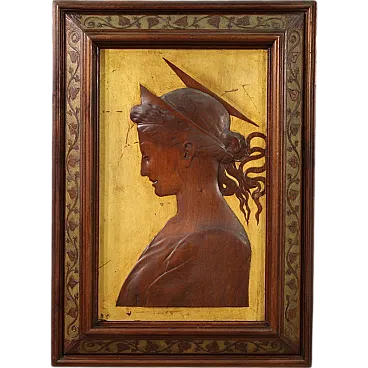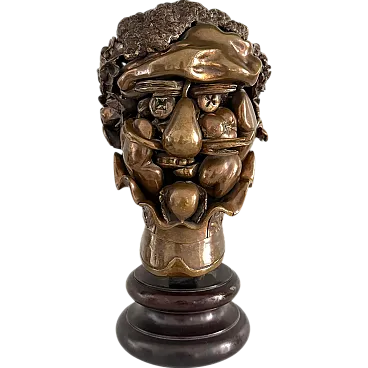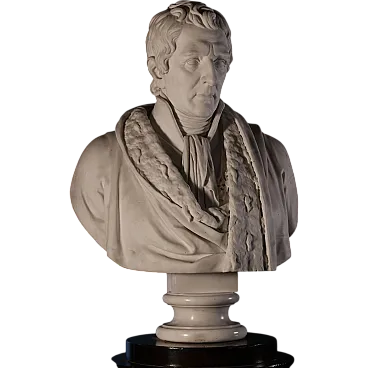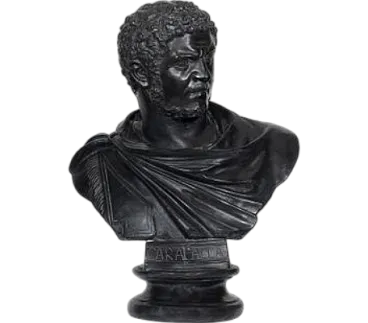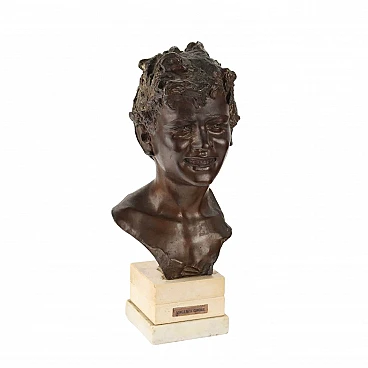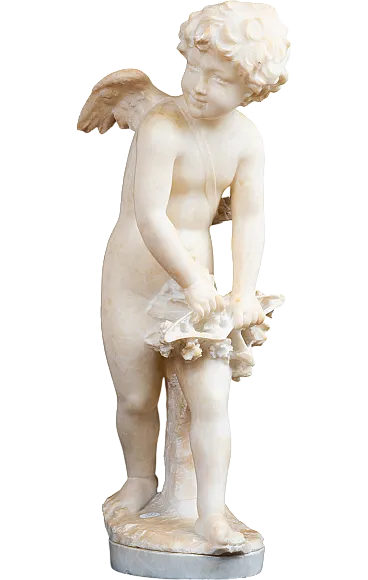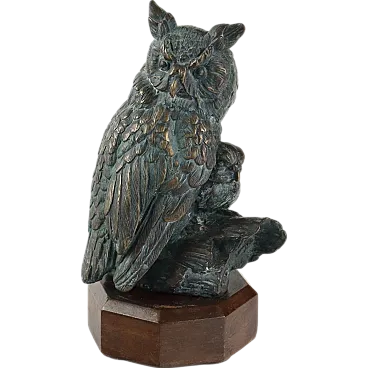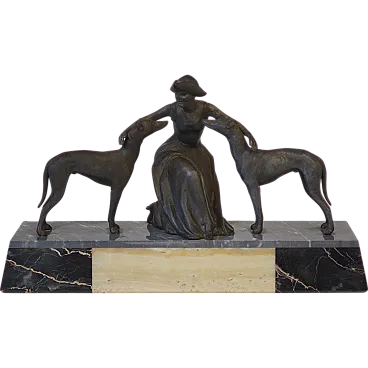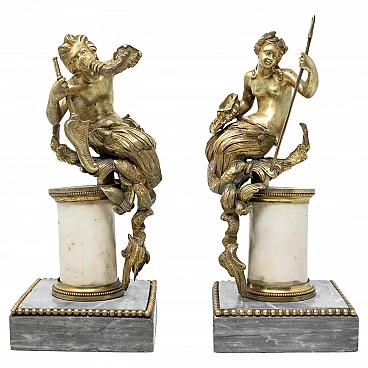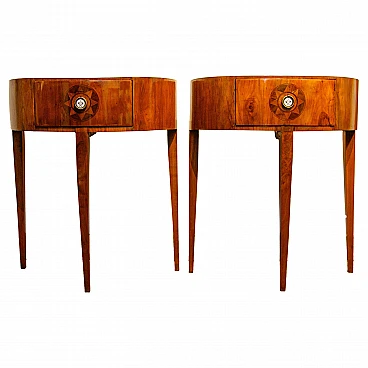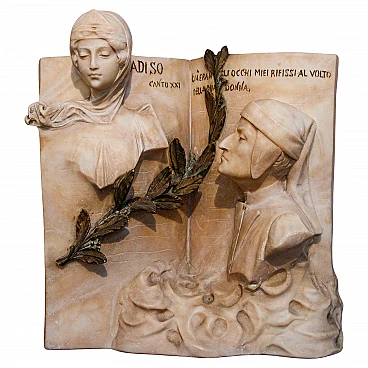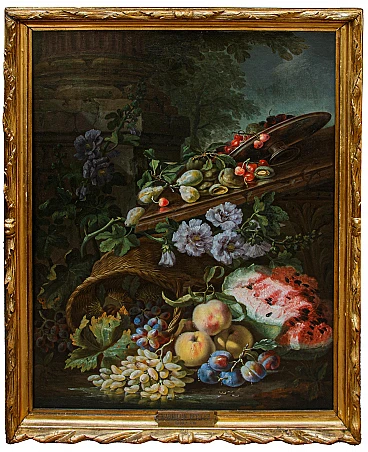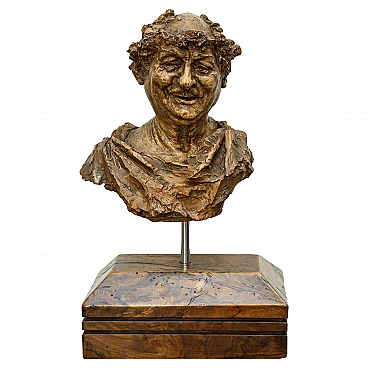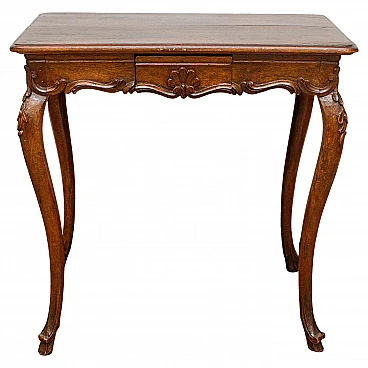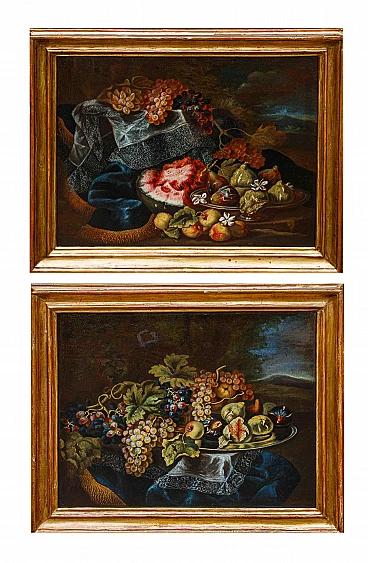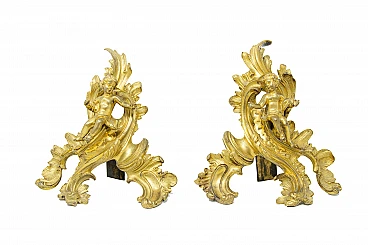Pair of walnut niches with bas-reliefs of archangels, mid-19th century. They present carved bas-reliefs of two gilded figures of praying archangels emerging three-dimensionally from a blue background, set within a frame having two gilded rudentate columns as its outline. The base, corbelled with reserve, is carved in olive raceme and has two richly inlaid gilded friezes. Originally the pair of niches certainly served a decorative function, probably accompanying within a triptych a Madonna and Child, consequently alluding to the Annunciation. The use of deep blue in the background helps to bring out the figures of the gilded archangels, meticulously sculpted in every single detail; in fact, the draperies, perfectly rendered in their texture, and the large wings are of considerable refinement and value. From a stylistic-formal point of view, the furnishings fit into the neo-Renaissance stylistic trend, developed between 1820 and 1890, and characterized by a revival of typically Renaissance forms; in particular, there is a specialization in finishes and carved ornamentation, which is amply enhanced in the pair of niches. Considered one of the most eclectic periods of the 19th century, the Neo-Renaissance saw frequent use of walnut wood, particularly prized for its strength and durability.
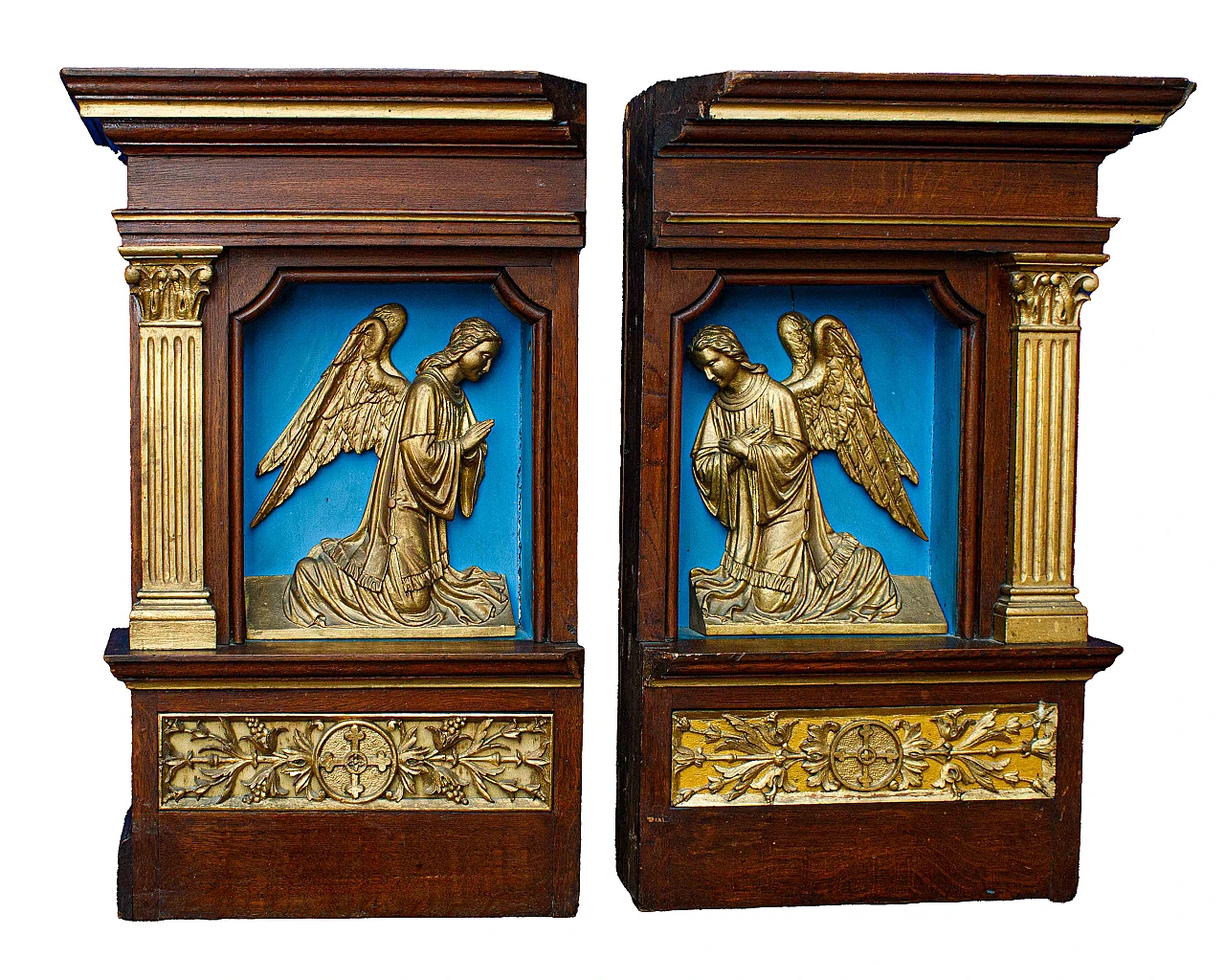
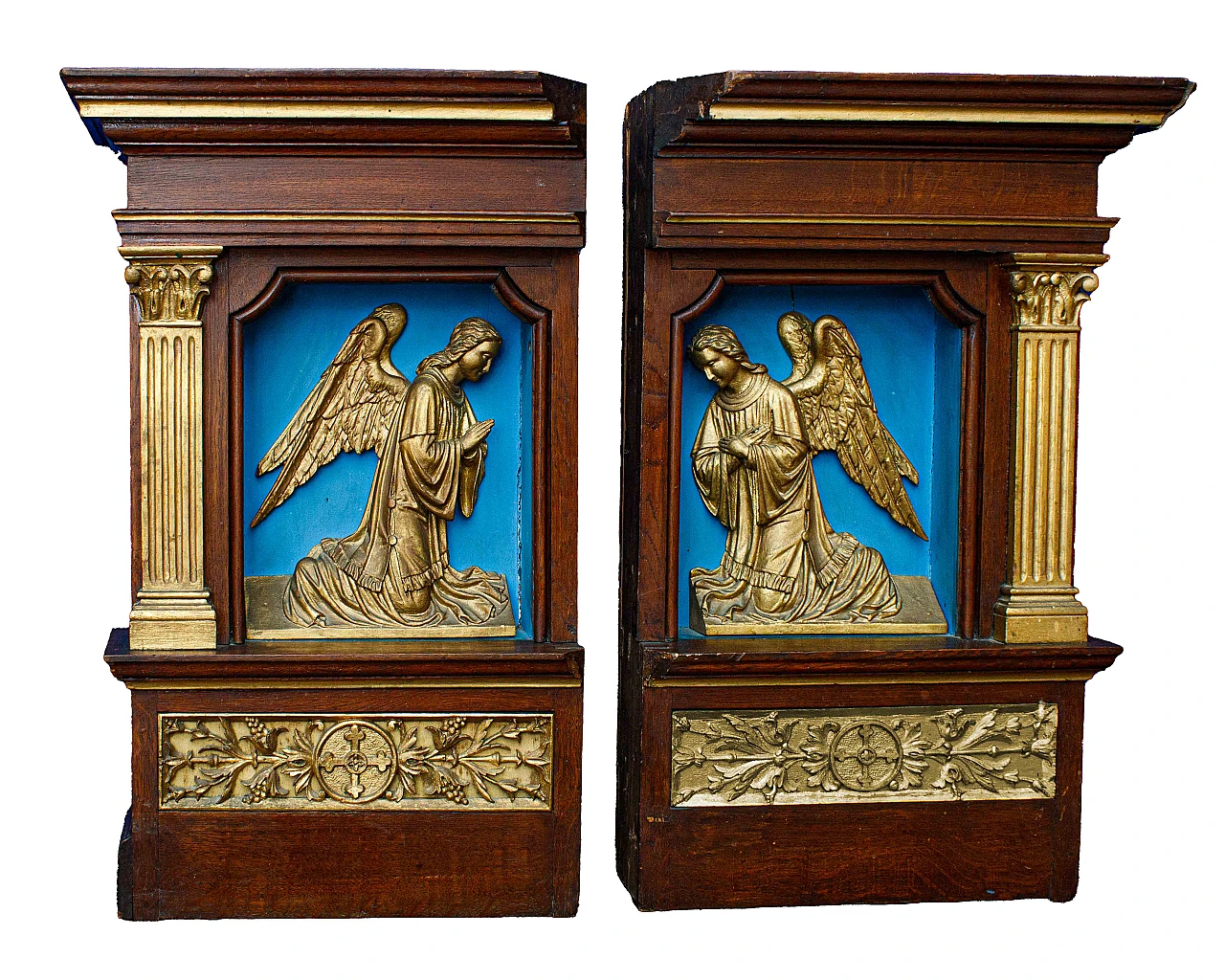
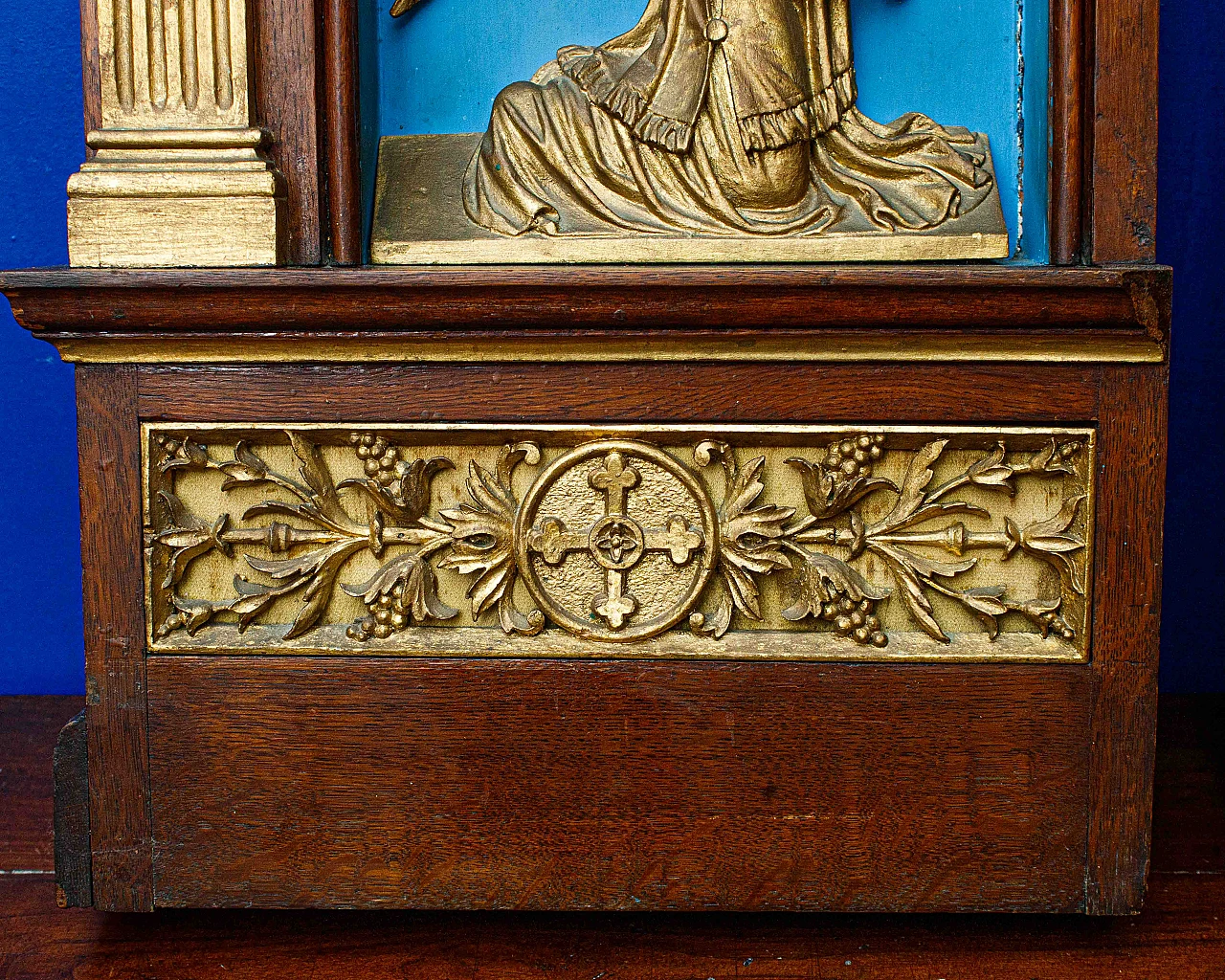
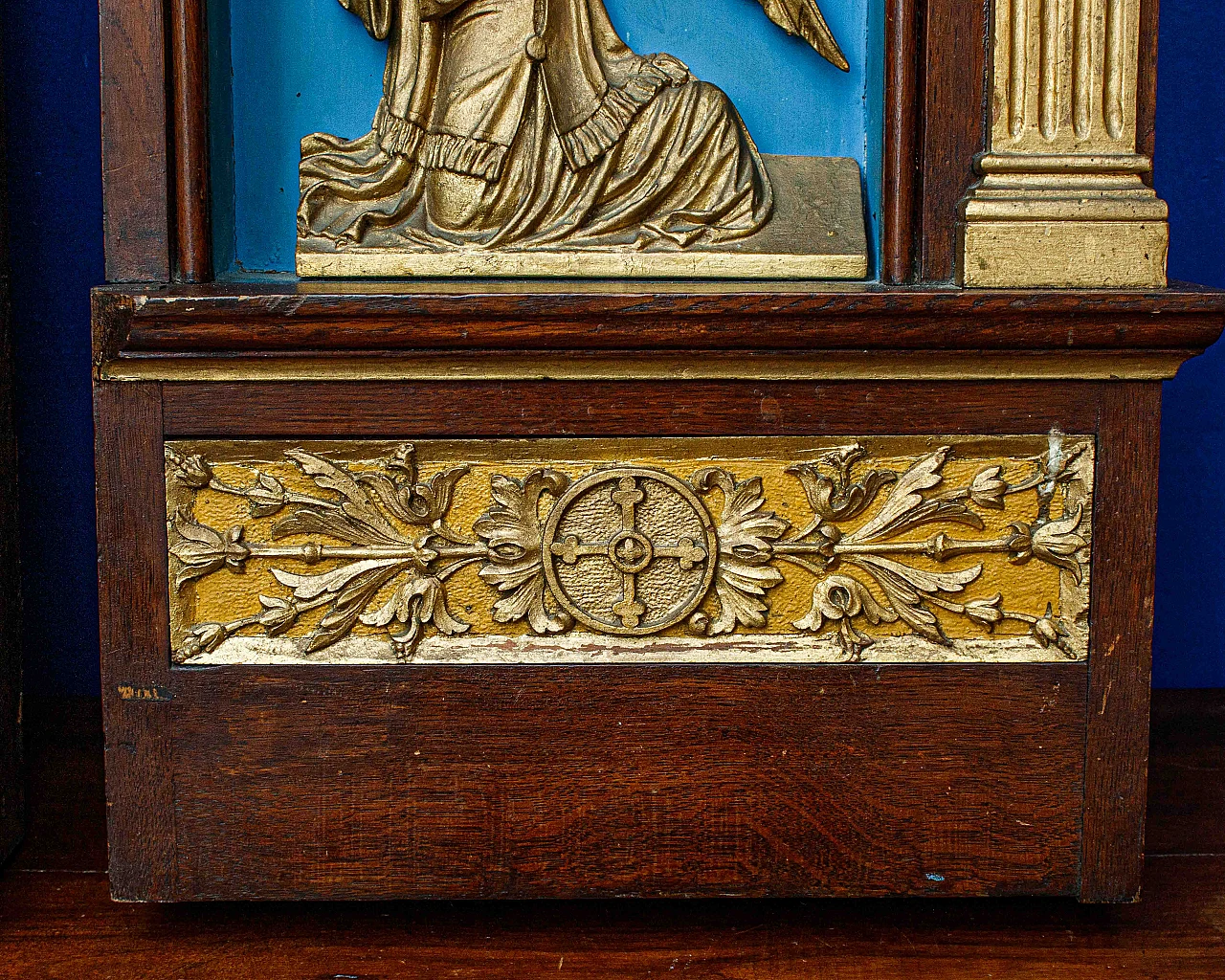
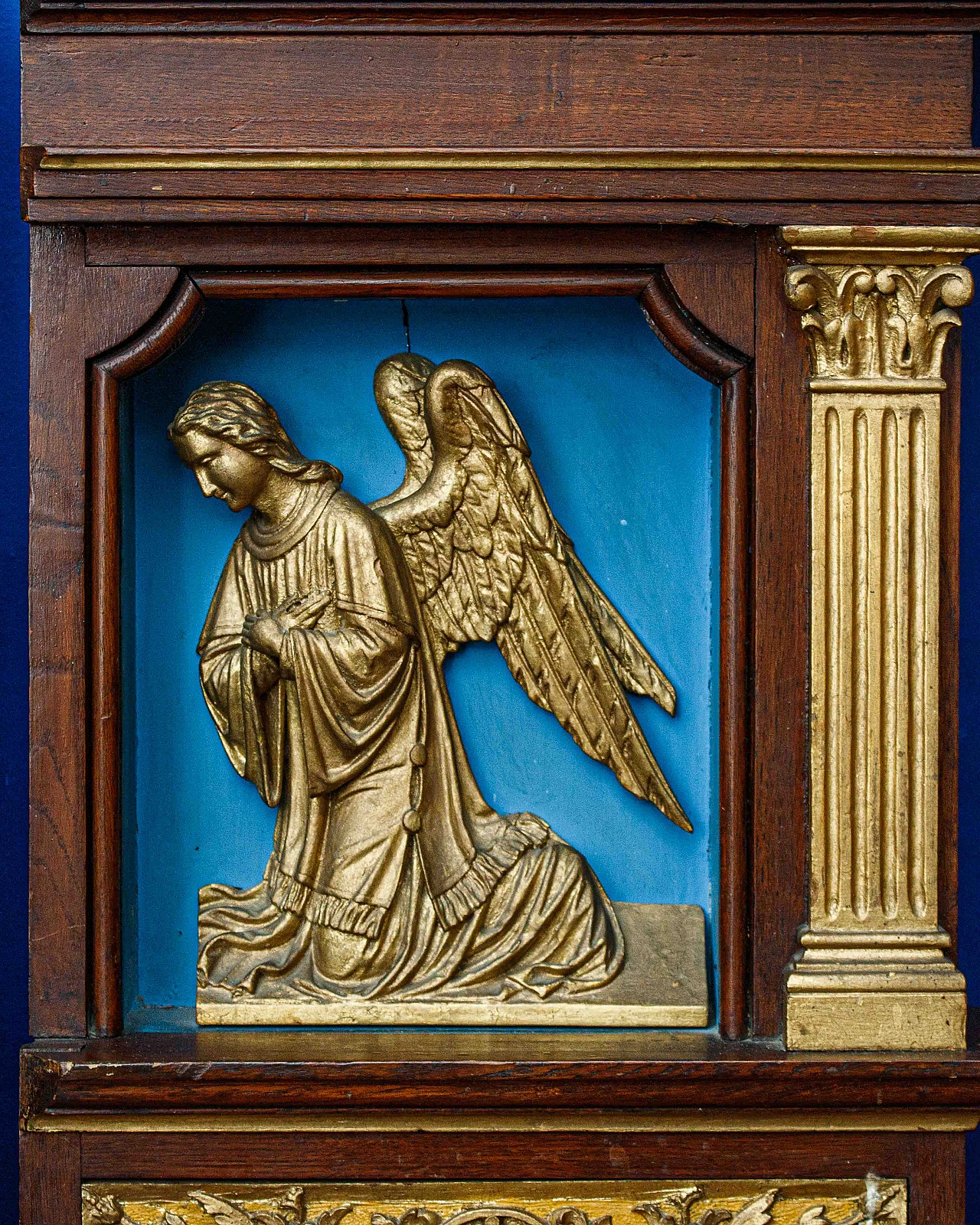

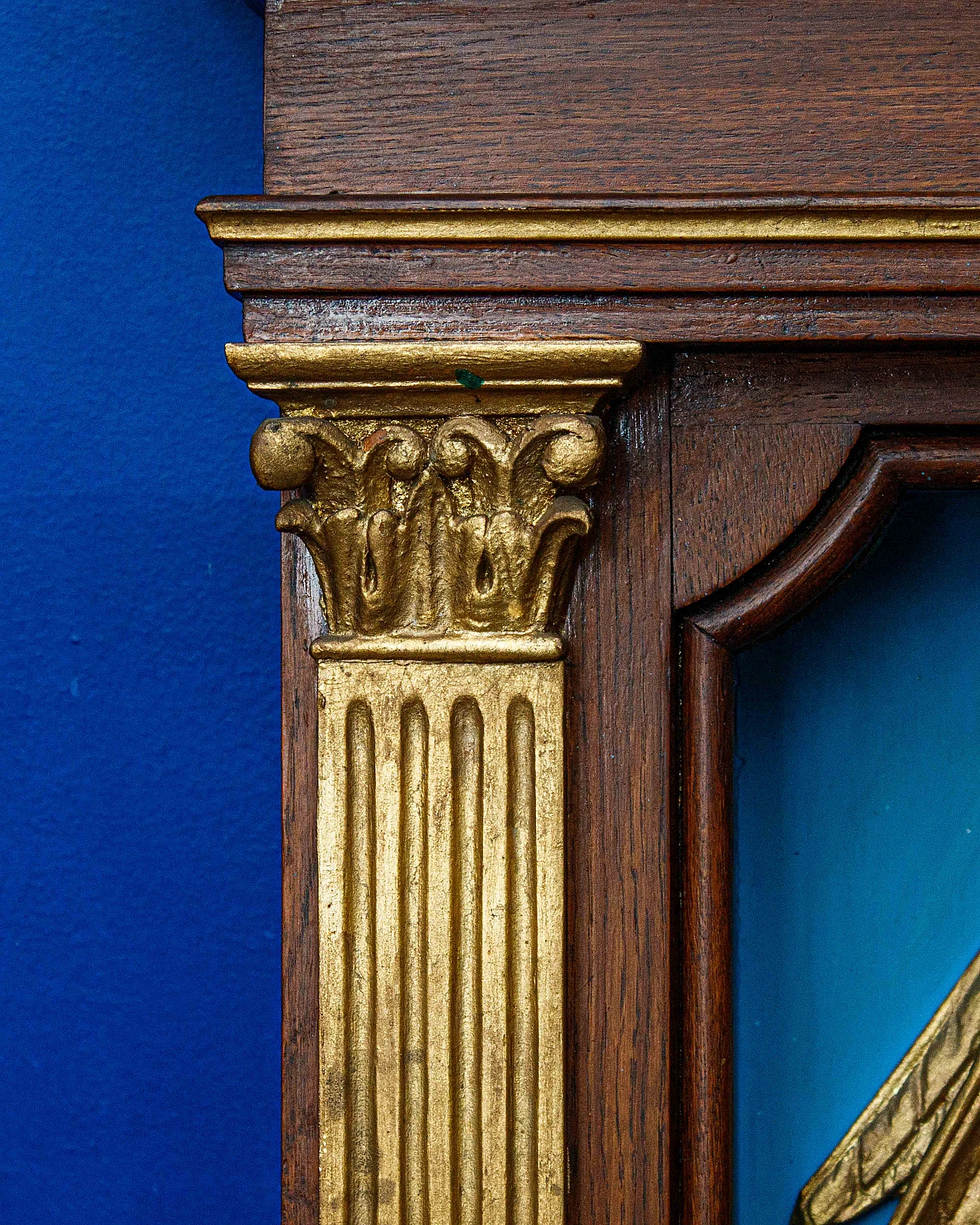
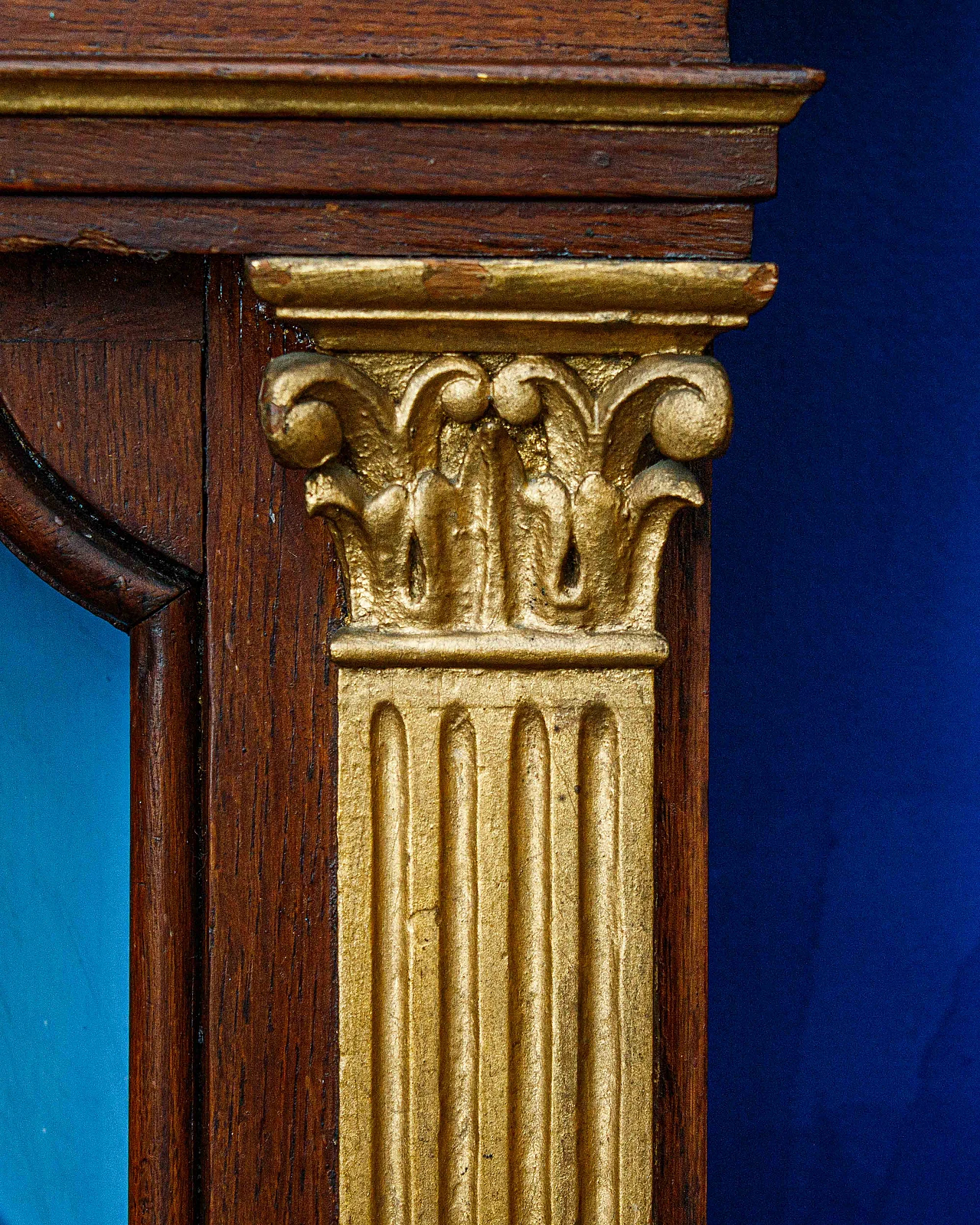
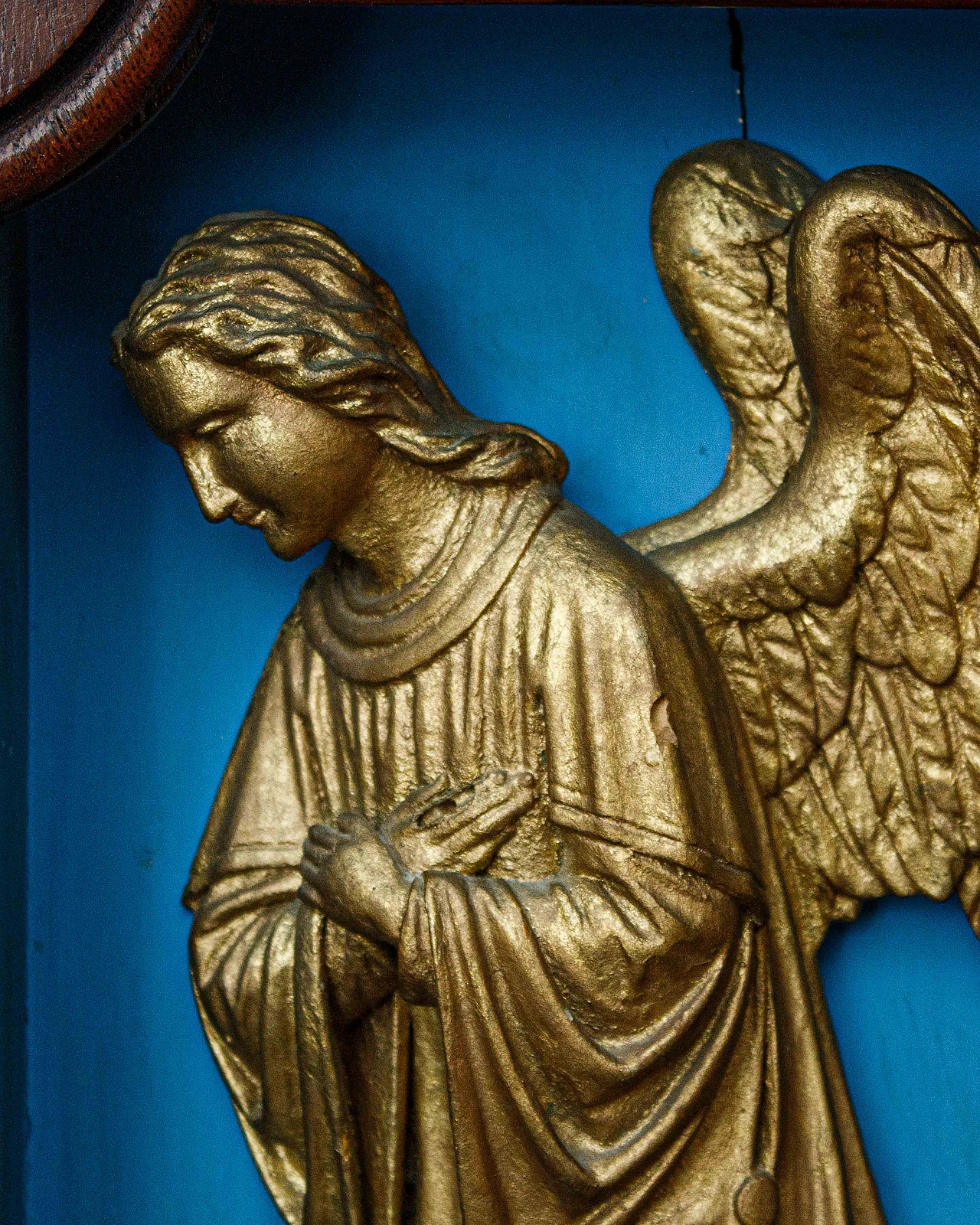
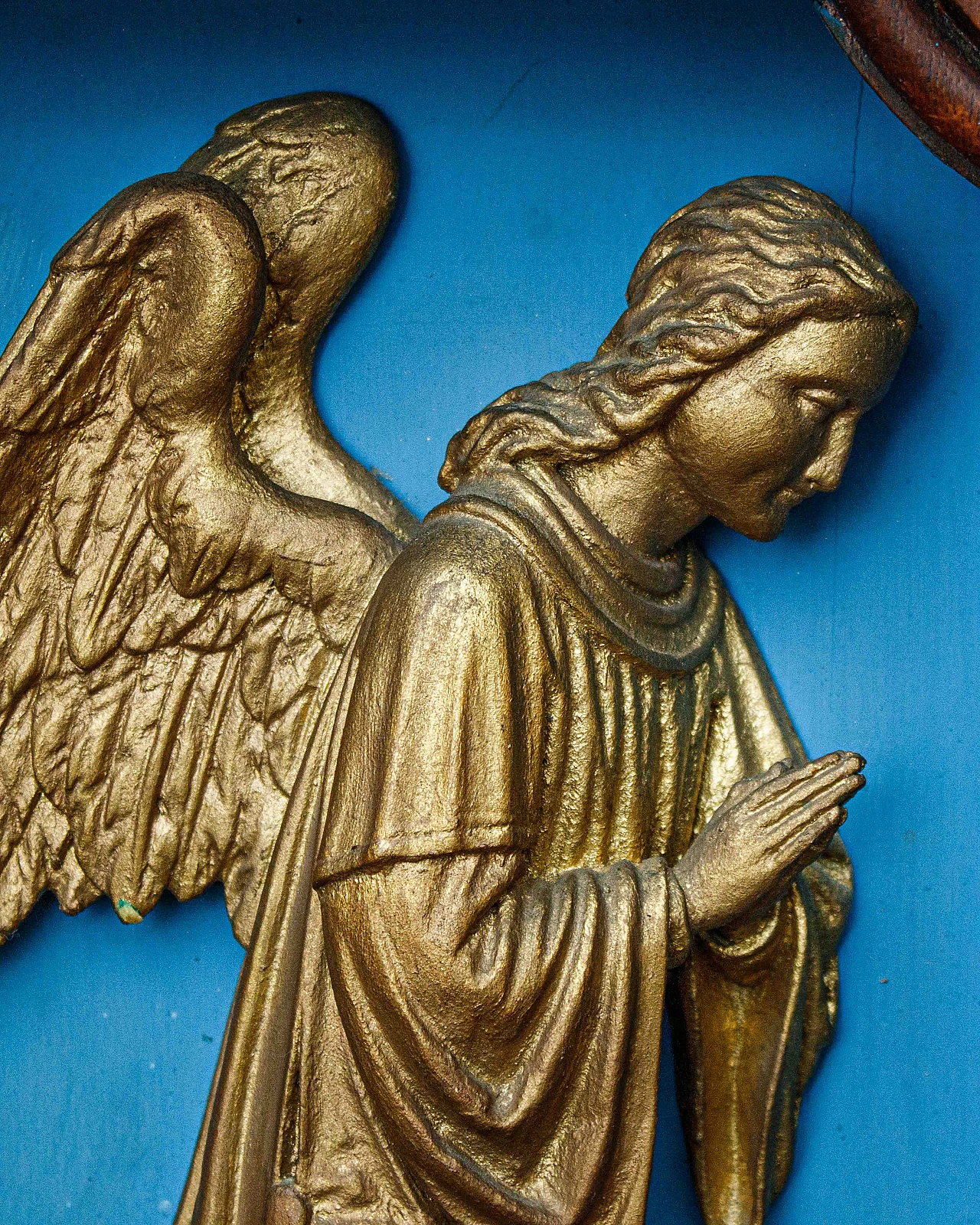
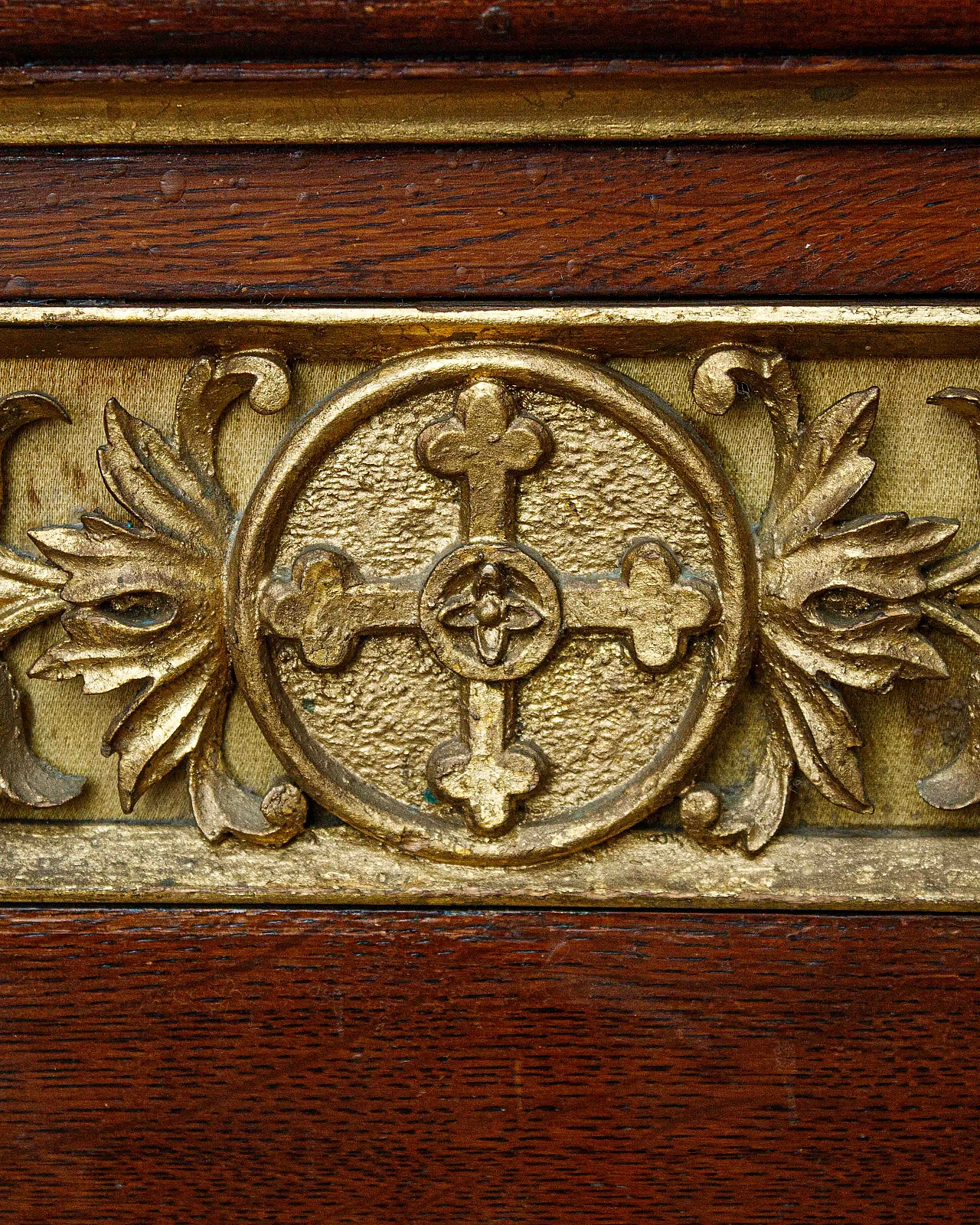
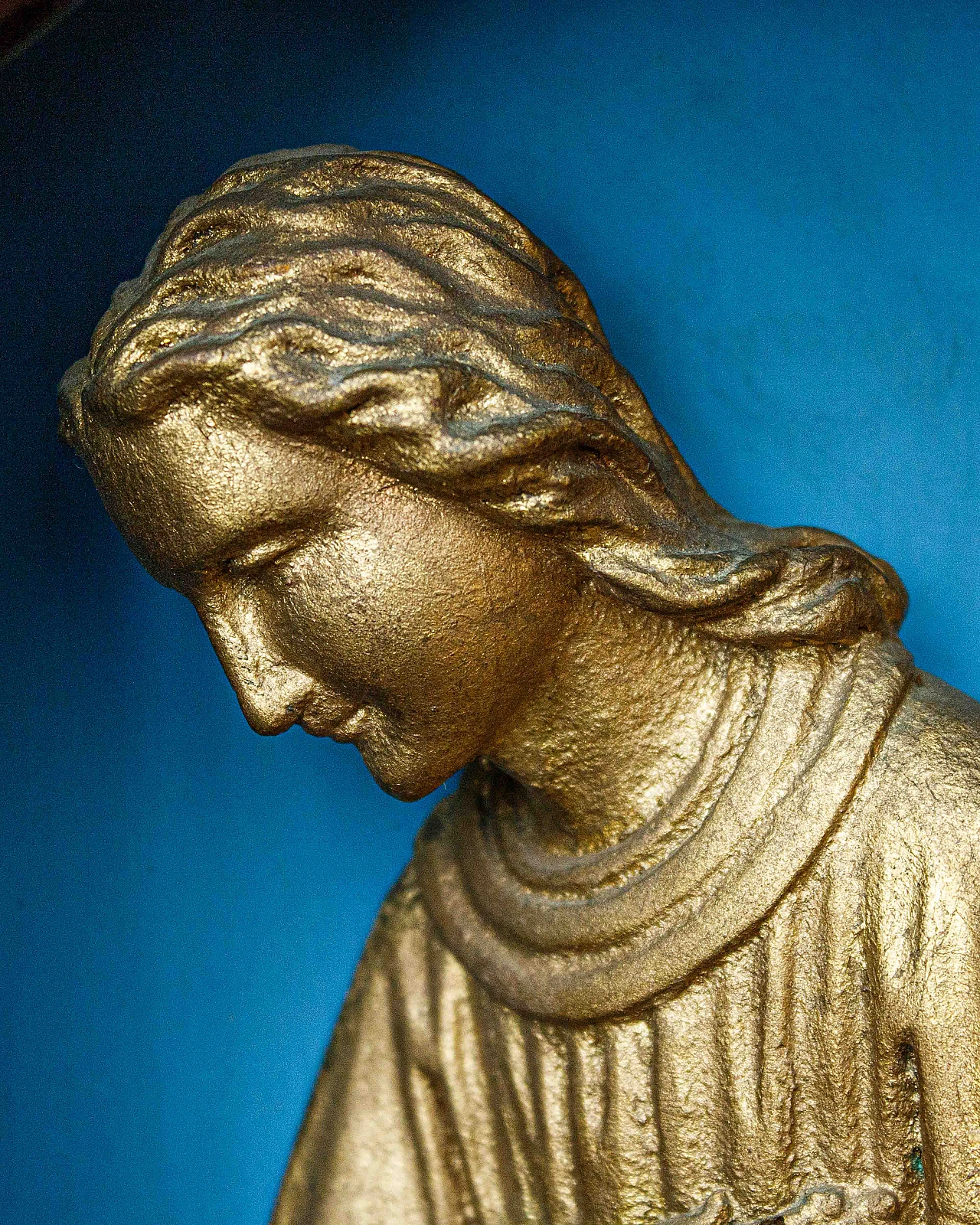
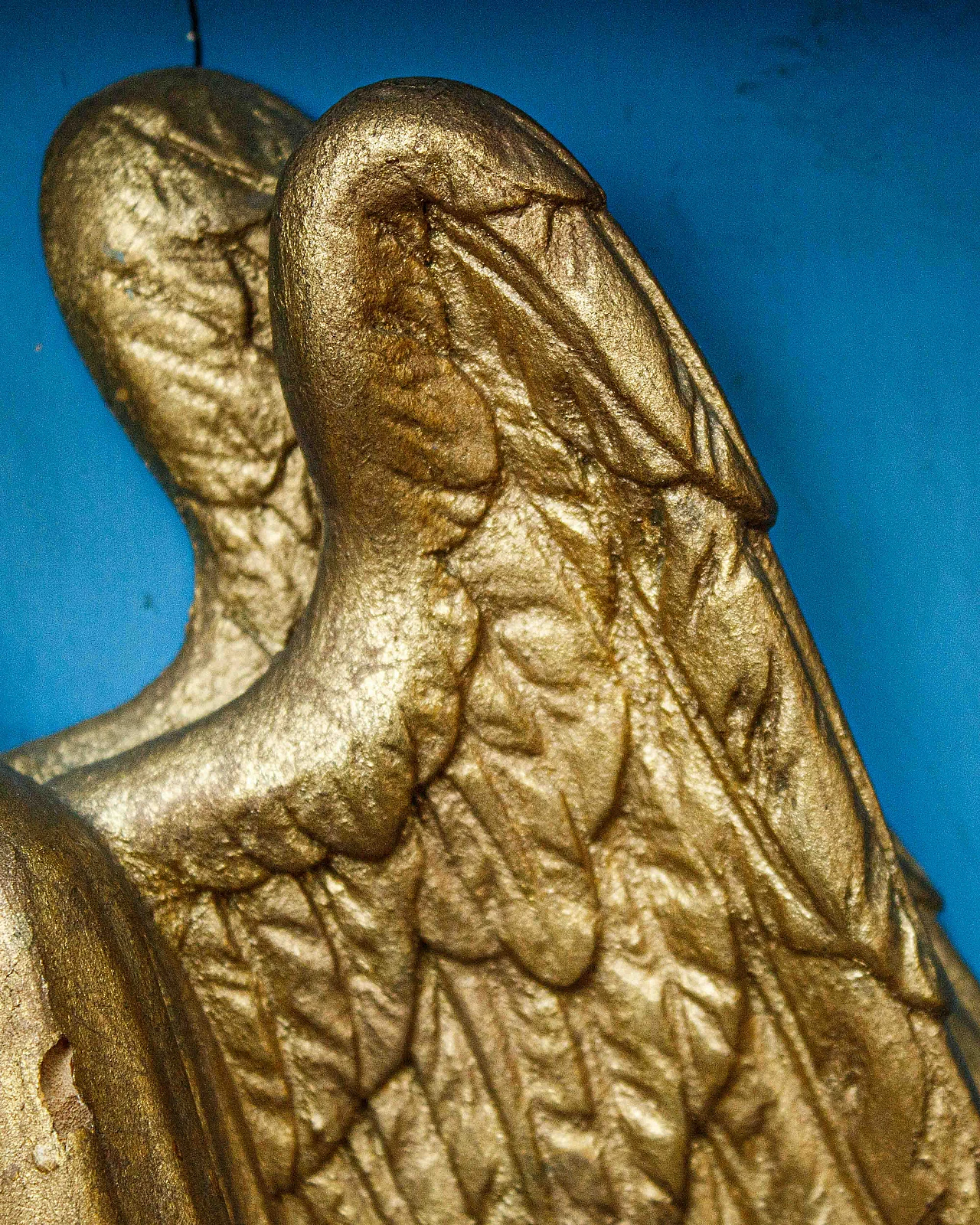
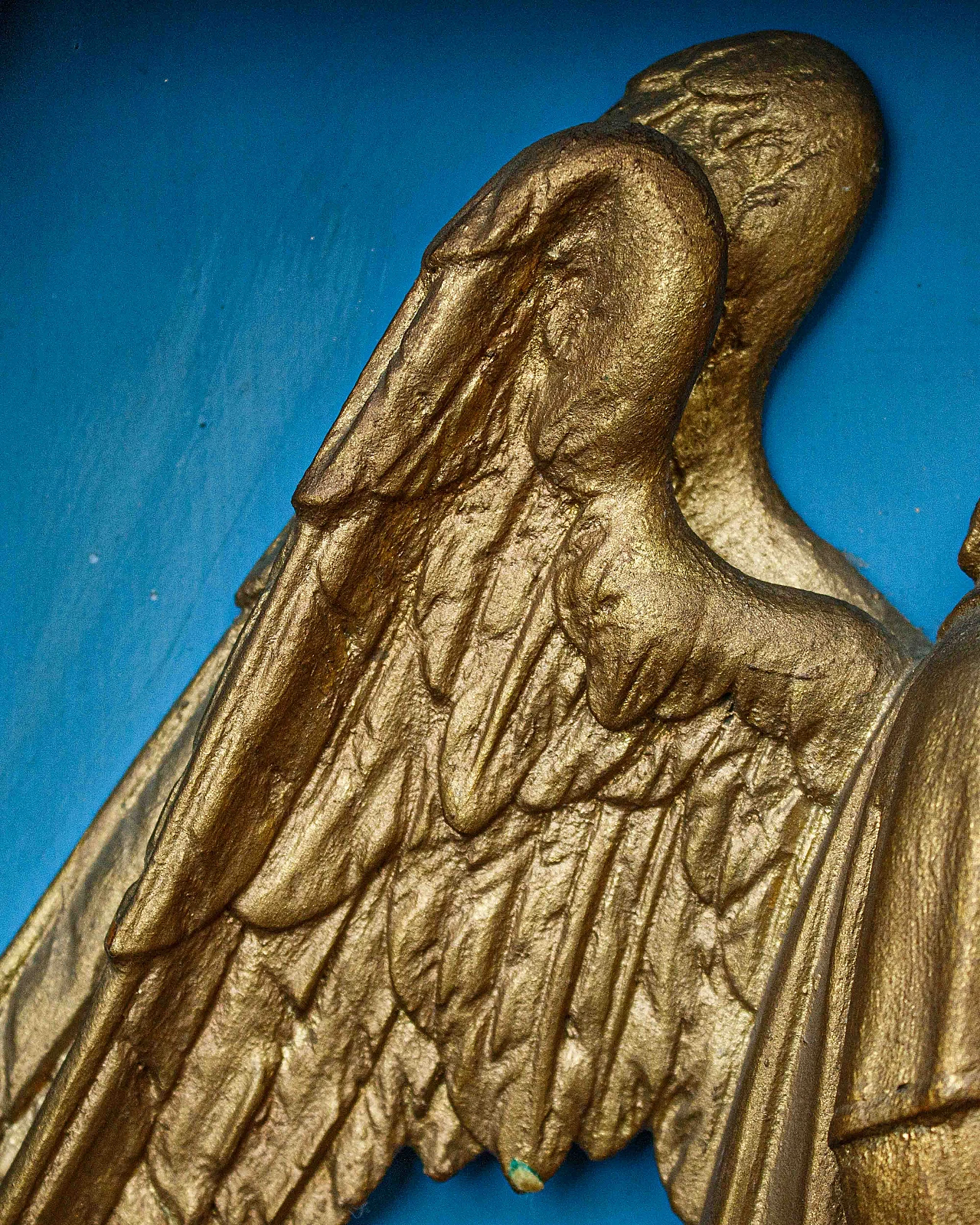
 SILVER Seller in Milano, Italia
SILVER Seller in Milano, Italia






.png)






